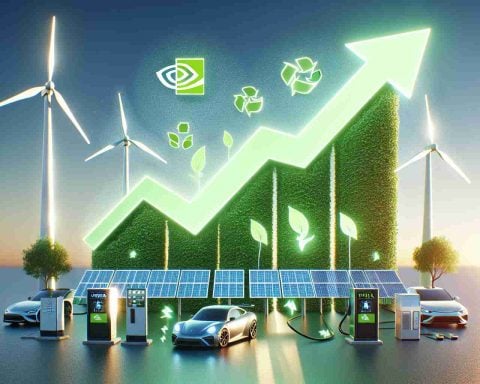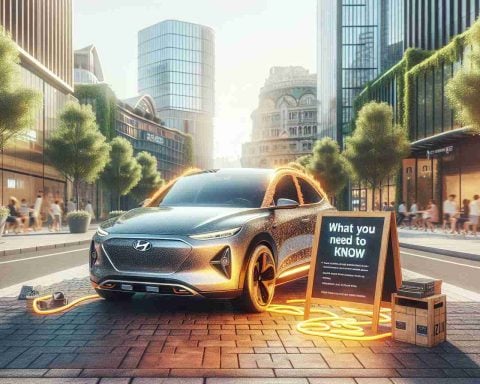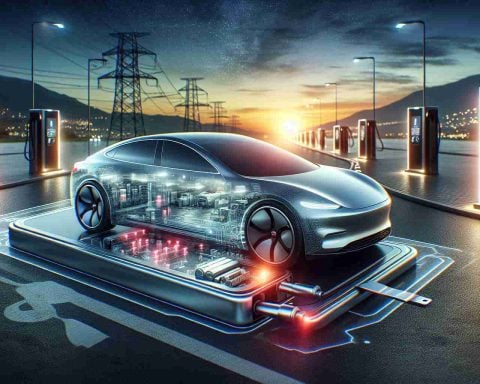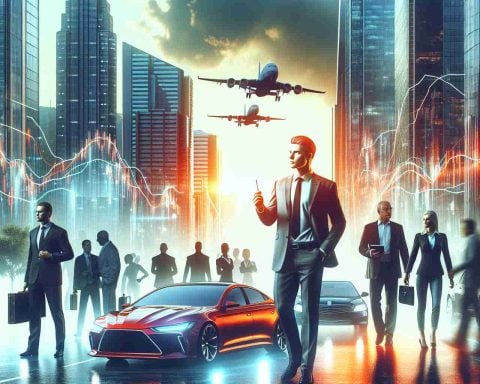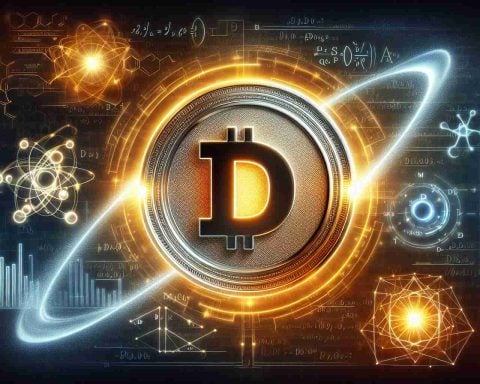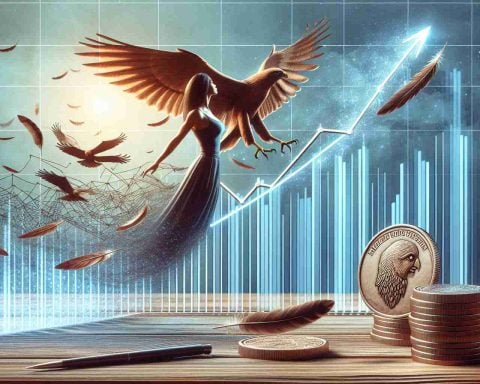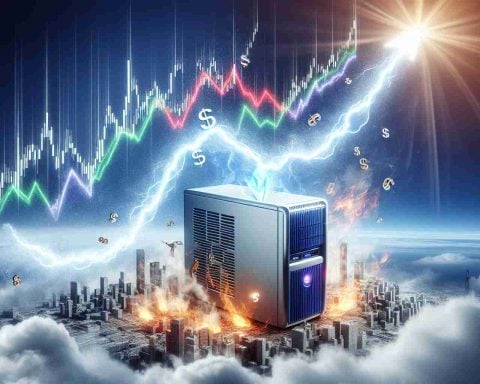- European automakers like BMW and Mercedes are aligning with Chinese EV giants such as BYD and Geely against EU tariffs on Chinese-made electric vehicles.
- The EU’s tariff policy, aimed at protecting local manufacturers, has led to unexpected alliances due to shared manufacturing dependencies.
- European companies rely on Chinese-made components, including batteries and raw materials, creating a critical supply chain connection.
- Disruptions in this supply chain threaten the competitiveness of European automakers in the global market.
- The EU’s electric vehicle transition plan faces challenges without effective global cooperation, reflecting a gap between policy ambitions and industrial realities.
- Europe’s leadership in clean energy depends on international collaboration, highlighting the importance of cooperation beyond borders.
Picture Europe’s sprawling cities, buzzing with the vibrant hum of electric vehicles. But behind this facade, a dramatic showdown unfolds. Imagine, if you will, European giants like BMW and Mercedes aligning themselves with their supposed rivals, China’s electric titans like BYD and Geely, to challenge a policy that threatens the EV landscape.
The European Union’s decision to impose additional tariffs on Chinese-made electric vehicles—intended to shield local producers—has resulted in unexpected alliances. Surprisingly, EU-based automakers, despite being ostensibly protected by this move, have joined forces with Chinese counterparts to contest these measures in court. These companies, entangled in the global tapestry of manufacturing, have seen their “made-in-China” tags trigger unintended financial strains.
Beyond the tariffs lies a complex web where European automakers rely heavily on Chinese-made components. From crucial batteries to critical raw materials sourced from China, the manufacturing symbiosis reveals why these European brands stand shoulder-to-shoulder with their Chinese counterparts. Disrupting this supply chain jeopardizes their ability to maintain a competitive edge in an ever-tightening global market.
The EU’s ambitious push for an electric transition illustrates a chasm between policy dreams and industrial realities. Without robust cooperation across continents, the plan stagnates, hampered by internal strife. Merely shifting gears without recognizing the global interconnectedness won’t steer the market toward recovery or success.
At the core, this scenario underscores an essential truth: for Europe to surge as a leader in the clean energy shift, it must embrace global collaboration. The future of transportation relies not just on technological innovation but on international cooperation that transcends borders.
Why European and Chinese Automakers Are Joining Forces: The Untold Story Behind the EV Tariffs
Market Analysis and Key Questions
1. Why Are European Automakers Teaming Up with Chinese Companies?
– The European Union’s additional tariffs on Chinese-made electric vehicles were intended to protect local manufacturers. However, European automakers, such as BMW and Mercedes, are significantly dependent on Chinese components and raw materials, especially for batteries crucial to electric vehicles. Collaborating with Chinese companies helps them maintain their supply chains and manage production costs effectively.
2. What Are the Implications of These Tariffs on the EV Market?
– Tariffs can lead to increased costs for imported components, which could, in turn, raise the prices of electric vehicles in Europe. This might slow down the adoption rates as consumers may find EVs less affordable. Furthermore, it might deter innovation and collaboration essential for the growth and technological advancements in the EV sector.
3. Who Benefits from These EU Tariffs?
– Theoretically, local automakers and component manufacturers should benefit, as reduced competition from Chinese imports could boost local production. However, in practice, the globalized nature of manufacturing could mean higher costs and disrupted supply chains, hurting rather than helping the local economy.
Pros and Cons of the Tariff Policy
– Pros:
– Protects local industries by reducing competition from cheaper imports.
– Encourages local production and innovation in the EV sector.
– Cons:
– Can increase prices for consumers.
– Disrupts established supply chains, hampering vehicle production.
– May lead to international trade tensions and retaliatory measures.
Future Trends and Predictions
– Increased Collaboration:
– Despite the tariffs, the necessity for a global supply chain might push for more strategic alliances between European and Chinese companies.
– Shift in Production Hubs:
– European automakers might invest more in local production facilities to mitigate tariff impacts, potentially increasing jobs within the EU.
– Technological Innovations:
– Expect a surge in research and development investments to create alternative battery technologies less reliant on Chinese imports.
Security and Sustainability Aspects
– Supply Chain Security:
– Reliance on global supply chains can be risky given geopolitical uncertainties. Diversifying sources and investing in local production and technology is essential.
– Sustainable Practices:
– Both Europe and China are investing in sustainable mining practices and recycling programs for EV batteries, which could mitigate environmental impacts.
Resources for Further Exploration
– For more insights on the evolving electric vehicle market and international collaborations, explore these resources:
– BMW
– Mercedes-Benz
– BYD
– Geely
In summary, the interconnectedness of global supply chains means that policies such as tariffs have complex ripple effects throughout the industry. Successful navigation of the EV transition requires not only technological innovation but also robust international cooperation.









